The world is home to a diverse range of climates, from the freezing cold of Antarctica to the scorching heat of the Sahara desert.
While some of these countries may be expected due to their location near the equator or in desert regions, others may come as a surprise.
From the small island nation of Tuvalu to the vast deserts of Africa, these countries all have one thing in common: high temperatures that can make life challenging for their inhabitants. Let’s take a closer look, here are the top 10 hottest countries in the world according to various sources.
10. Niger
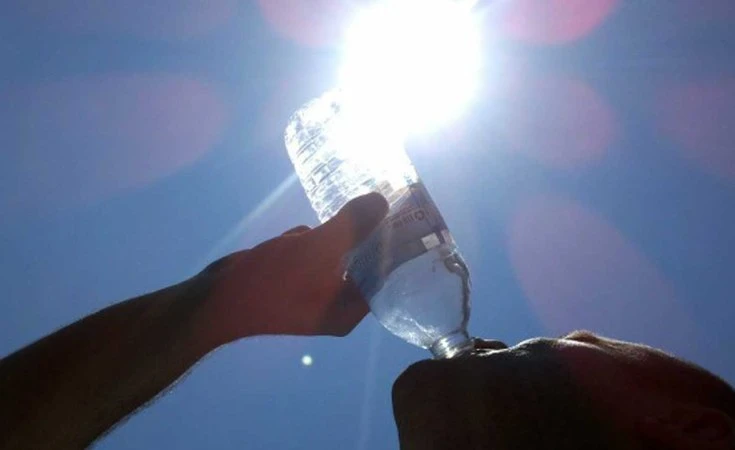
Niger, an African country, proudly claims its position among the world’s ten warmest countries.
Its landscape is predominantly characterized by arid plains, creating a dry and hot environment.
The climate of Niger can be divided into three distinct seasons.
From March to May, the weather becomes incredibly hot and dry, followed by a hot and humid period accompanied by rainfall from June to September.
Finally, a mild winter settles in from October to February.
Notably, Niger holds the record for the hottest day in history, with the temperature soaring to a scorching 47.1°C (116.8°F) at Bilma on June 22, 2010.
Surprisingly, Bilma broke its own record the very next day, reaching a sweltering 48.2°C (118.8°F) on June 23.
9. Mauritania
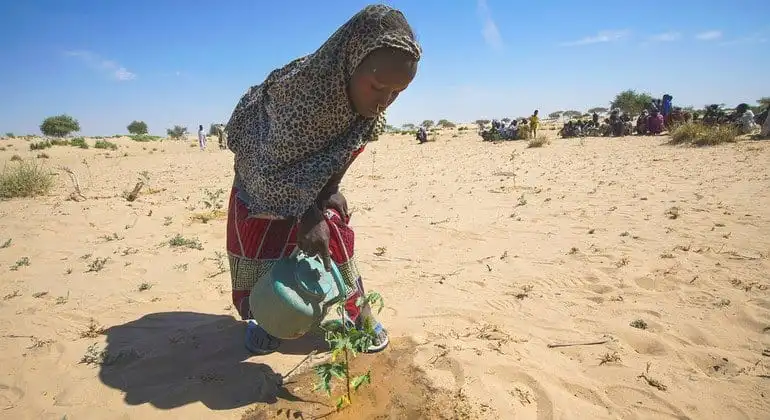
Situated on Africa’s Atlantic coast, Mauritania is a country where the Sahara Desert converges with the sea.
Encompassing an area of approximately 1,030,700 square kilometers, two-thirds of Mauritania is covered by the Sahara climate.
Daytime temperatures in several parts of the nation can exceed 38°C (100°F) for more than six months.
The weather in Mauritania is generally hot during the day and cool at night from November to February, offering some respite from the intense heat.
8. Qatar

Located in Western Asia, Qatar experiences scorching weather with limited rainfall during the summer months from June to September.
Daily maximum temperatures easily surpass 40°C (104°F) during this time.
While the climate in Qatar is warm only during the spring and autumn seasons, with temperatures reaching up to 35°C (95°F), the country primarily boasts an arid climate characterized by scorching desert plains and a blistering summer followed by a mild and brief winter.
7. Libya

Libya proudly claims its spot as one of the world’s hottest countries, where its residents have experienced the impact of high temperatures in various ways, including skin blisters and infections.
The country’s harsh climate brings erratic precipitation, volatile weather patterns, and exceptionally scorching temperatures throughout the year.
Summers and winters alike witness extremely hot and humid weather in Libya.
This country is renowned for having the hottest climate on the planet and holds the record for the highest temperature ever recorded.
Even in the middle of summer, temperatures often exceed 48 degrees Celsius (118.4°F).
6. Bahrain
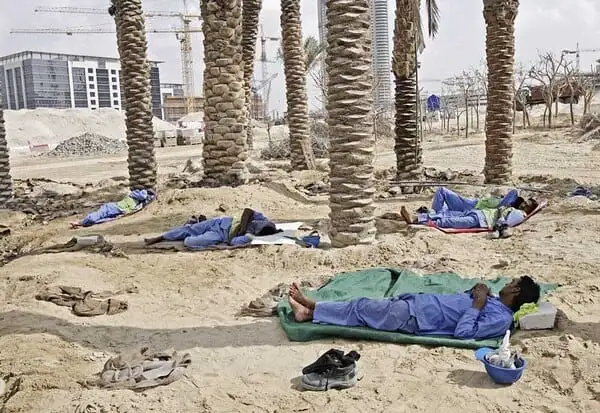
The small archipelago of Bahrain is known for its desert climate, featuring mild winters and scorching summers.
The country experiences two main seasons: a colder season from December to February and a hot season from April to October, with a particularly sweltering period from May to mid-October.
March and November serve as transitional months, offering mild temperatures without any extremes.
Due to its proximity to the sea, Bahrain experiences minimal temperature differences between night and day.
However, humidity remains high, especially when winds blow from the interior of Arabia.
Summers in Bahrain are characterized by extreme heat and abundant sunshine, with highs ranging from 34 to 40 degrees Celsius (93 to 104 degrees Fahrenheit) between May and October.
The humidity from the Persian Gulf makes the heat unbearable, particularly during August and September, when the combination of high humidity and temperature reaches its peak.
5. Tuvalu
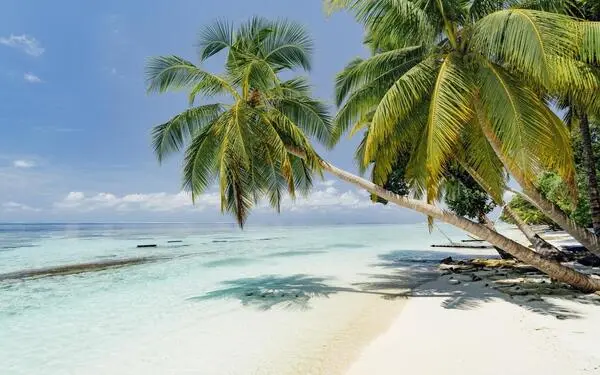
Tuvalu is a Pacific island nation. The nine islands that makeup Tuvalu, a remote republic in the South Pacific, are surrounded by several uninhabited islets. Tuvalu has an equatorial tropical climate, which means the country is hot and humid all year, with plenty of rain.
4. Senegal
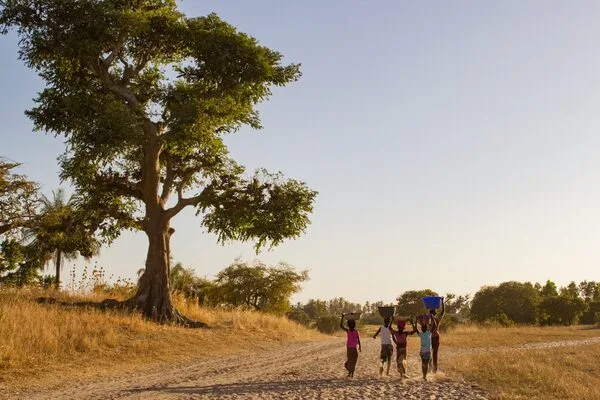
Situated on the West African coast, Senegal lies 14 degrees west of the Prime Meridian and 14 degrees north of the equator.
It boasts a tropical climate characterized by long dry seasons and consistently high temperatures year-round.
The capital city of Dakar experiences daily maximums of 26°C (78.8°F) and minimums of 17°C (62.6°F) during the cool seasons.
Inland areas of the country tend to have warmer temperatures compared to the coast. Locations such as Kaolack and Tambacounda record average temperatures of 30°C (86°F) and 32.7°C (90.9°F), respectively.
The Tambacounda region, which shares a border with Mali, can even witness scorching temperatures of up to 54°C (129.2°F).
3. Djibouti

Djibouti, a small African country located between the Equator and the Tropic of Cancer in the Horn of Africa, experiences distinct seasons throughout the year.
Summer commences in June, bringing intense heat but reduced humidity, especially during June and July when the Khamsin, a wind from the desert, frequently blows, often carrying dust and sand that reduce visibility.
The summer season extends through September, with temperatures regularly exceeding 40°C (104°F) during the day and hovering around 30°C (86°F) at night.
In the afternoon, a sea breeze provides a slight respite by lowering the temperature while increasing moisture.
September can be particularly challenging, as temperatures remain high, while the environment becomes calmer, creating an unpleasant combination of heat and humidity due to the proximity of the sea.
October follows suit with oppressive heat, although temperatures slightly decrease, resembling those of May.
2. Burkina Faso
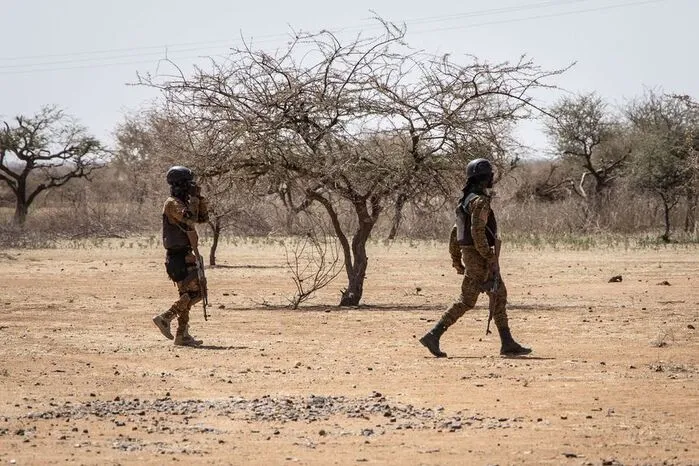
Burkina Faso, located in West Africa, witnesses the Sahara Desert extending through its northern region.
The Sahara Desert runs through the northern part of this West African country.
Due to the country’s high temperatures, it is prone to droughts. Burkina Faso is extremely hot, with average temperatures of 28.29 degrees Celsius.
Burkina Faso is a small West African country characterized by a flat, arid grassland that may appear uninviting.
Despite its seemingly inhospitable appearance, this West African nation boasts some of the most fertile lands in the region, nurturing diverse cultures throughout its history.
1. Mali
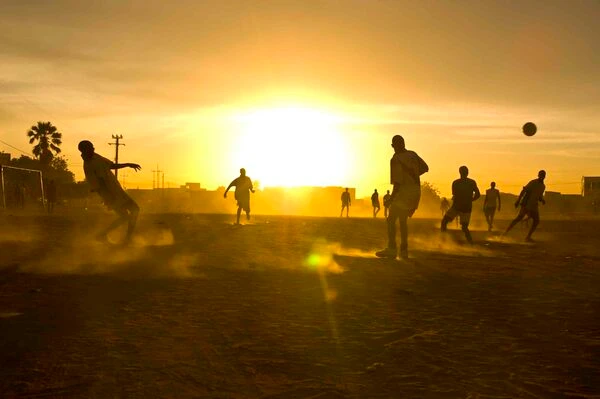
Mali, a landlocked country in West Africa, is home to vast stretches of the Sahara Desert.
Despite being one of Africa’s largest countries, Mali has a relatively small population.
The thermal equator passes through Mali, making it one of the hottest countries in the world.
In April, temperatures can reach a scorching 44°C (111.2°F). The little village of Araouane experiences average high temperatures surpassing 46°C (114.8°F) in June.
Additionally, the region of Taoudenni witnesses the hottest weather in July, with temperatures soaring up to 48°C (118.4°F).

